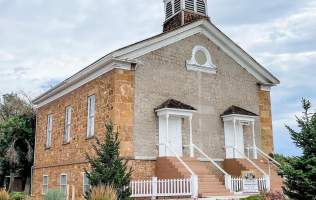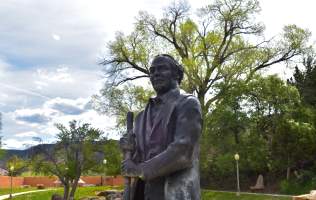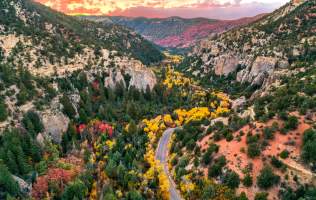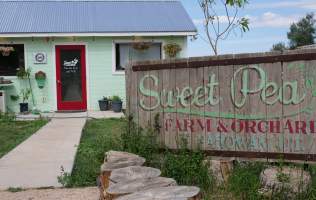With over 90 panels and 1,500 figures, the Parowan Gap is believed to be one of the most concentrated collections of petroglyphs in the…
Parowan, Utah
The “Mother Town” of Southern Utah, this picture-perfect small town is home to unique shops and local businesses, historical wonders, and the gateway to places like Brian Head Resort, Panguitch Lake, and a National Scenic Byway.
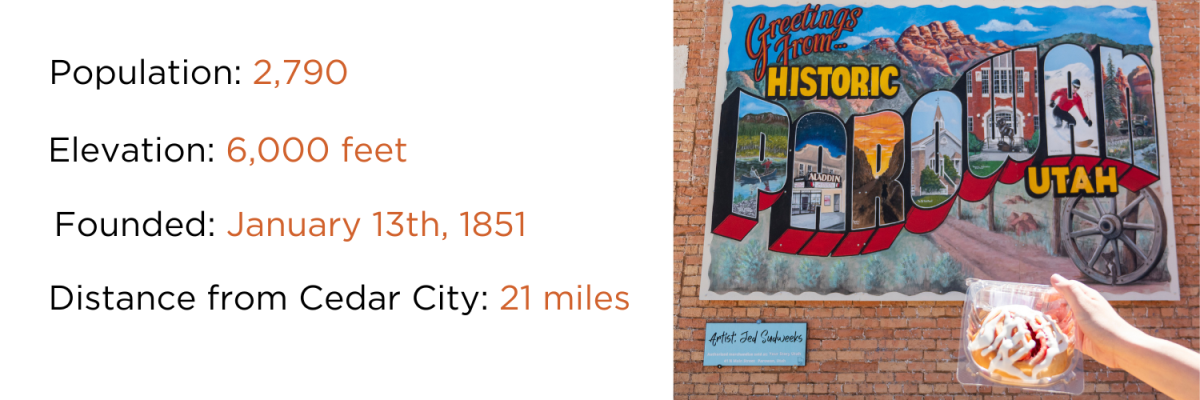
Small Town Charm
Exploring Parowan, you’ll observe that the residents hold tight to their pioneer roots of faith, family and love of country, and celebrate them whenever the occasion presents itself. Kids from elementary to high school age perform traditional pioneer dances at the town’s birthday celebration and Labor Day weekend, and the big city families come home for the annual Iron County Fair. With beautiful tree-lined streets, an old fashioned Main Street and a noticeable lack of traffic lights (no need), Parowan is a sweet slice of Americana.
Must See Places
Parowan is surrounded by some of Southern Utah’s most spectacular scenery and is the year-round gateway to Brian Head Resort, Yankee Meadow and Cedar Breaks National Monument, while also offering a variety of outdoor recreation facilities to satisfy many outdoor enthusiasts.
Find a list of things to do included below:
The oldest church building in Southern Utah, the Old Rock Church is currently used as the home of the Daughters of the Utah Pioneers…
This park at the south end of Parowan is home to a collection of sculptures depicting important figures in the history of Parowan and…
Parowan Canyon – Like the pieces of a quilt, the "Patchwork Parkway" weaves through the spectacular and diverse landscapes of the…
Parowan is home to some incredible local restaurants and businesses.
Shop the farmstand, take a tour, walk the farm and enjoy special events. Open times may vary per season so call ahead (435) 531-6461 to…
Yankee Meadow is a popular fishing spot tucked away along a scenic drive with vibrant forest and wildflowers and crimson rock…
Help Plan Your Visit & Find Information
The team at the Parowan Visitor Center is a great resource for information and things to do in the area. Stop by, check out the old bank vault in the building, pick up some trail maps, find things to do, and get some great recommendations for local favorites.

Where: 5 South Main Street, Parowan
When: 10 am to 5 pm – Monday - Saturday
Contact: (435) 477-8190
